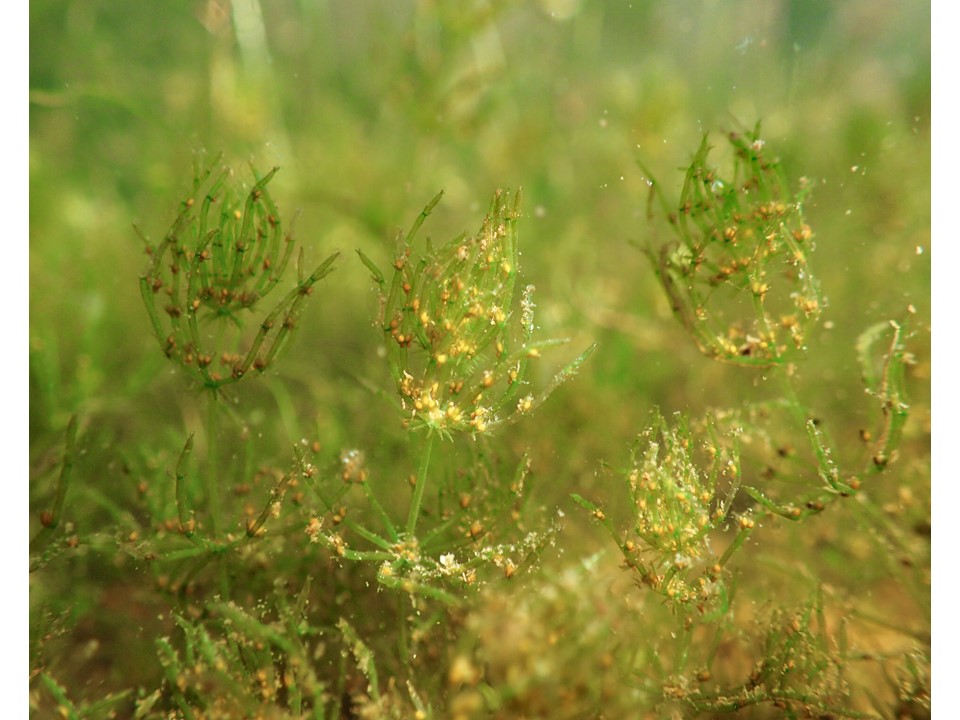Most of the existing populations of the threatened species of macrophytes in the Baltic Sea can be found in the SEAmBOTH area. There are a lot of populations from before 1995 in the southern Finland, Sweden, and south of the Baltic Sea which have now vanished. Whether this is due to lack of recent knowledge or that the populations have really disappeared, is not clear in every case, but most of the time it’s the sad fact that these populations are no longer there. This is most probably due to heavier human pressures and more altered or overgrown habitats in the south.

The SEAmBOTH area seems to be a haven for threatened and endangered macrophytes. Of the Species and Habitats directive Annex IV, we have Alisma wahlenbergii growing as wide underwater meadows both in Finland and Sweden and Hippuris tetraphylla forming meadows at the water’s edge in Finland. The beetle Macroplea pubipennis is not a macrophyte but it is also an Annex IV species and can be found in both countries in the SEAmBOTH area, it was also found in Sweden for the first time during the project!

Why Sweden doesn’t have Hippuris tetraphylla in the SEAmBOTH area beats us. The models tell us that the species could or should easily be found in the project area, but it just doesn’t exist there, only in one confirmed place south of Umeå. In the Finnish SEAmBOTH area, it’s sometimes found as thousands or tens of thousands of individuals forming large meadows in the mudflats of Hailuoto and Krunnit islands.

Another mystery species is the Charophyte Chara braunii. In Sweden it forms underwater meadows but in Finland, despite really searching for it, we can only find individuals here and there. On the other hand, the SEAmBOTH inventories more than doubled the known number of Chara braunii findings in the national species database in Finland.

Some of the species are a bit baffling – for example, in Finland Crassula aquatica is considered as vulnerable (VU) and in Sweden “only” near threatened or NT. A shore macrophyte Primula nutans seems to be endangered (EN) in Finland and not the least bit endangered or “least concerned” (LC) in Sweden.

In the biological field inventories during the SEAmBOTH project we especially concentrated on very shallow coastal waters and river estuaries. This is one of the reasons why we did many hundreds of sightings of various threatened macrophytes, more than half of the findings being new to each country. Somehow for a marine biologist like me, who is working in her dream job in practical marine nature conservation, it is always uplifting to find a new population of endangered species. Even though it inevitably leads to a long bureaucratic trail of papers to be filled (read a blog about that in Finnish here). And every now and then you can see the fruits of your labour when a new status for each macrophyte is decided every ten years and some of the species might go “down the list” from a more threatened status to a less threatened status (read a blog about that in Finnish here and here). Then it’s time for celebration and you know that you’ve done something right – even if you wouldn’t have been able to make the Baltic Sea a better place for the species, at least you’ve done enough research to prove that the species is doing better than expected and can be lowered to a less threatened category.
Essi Keskinen

